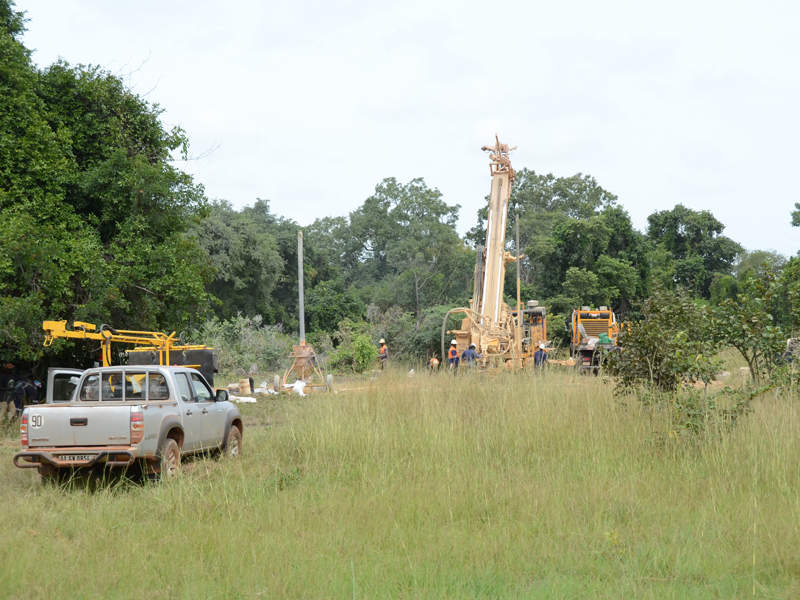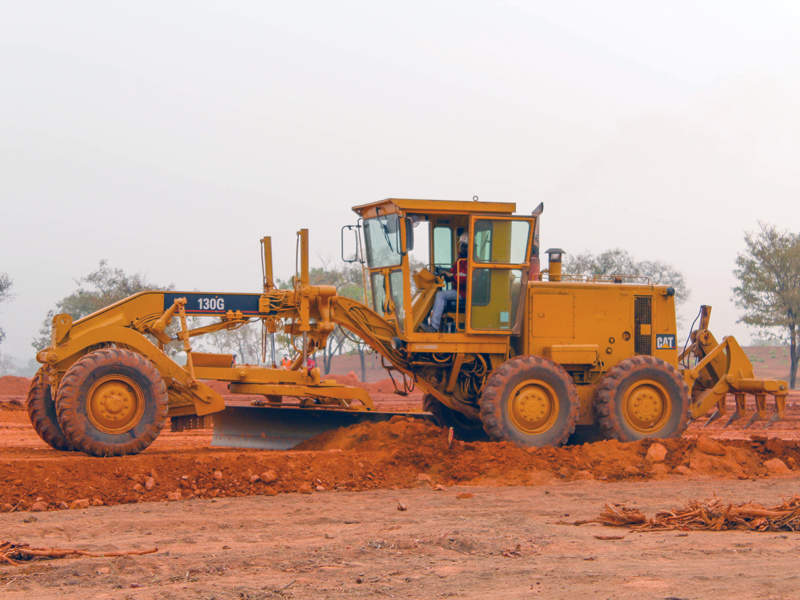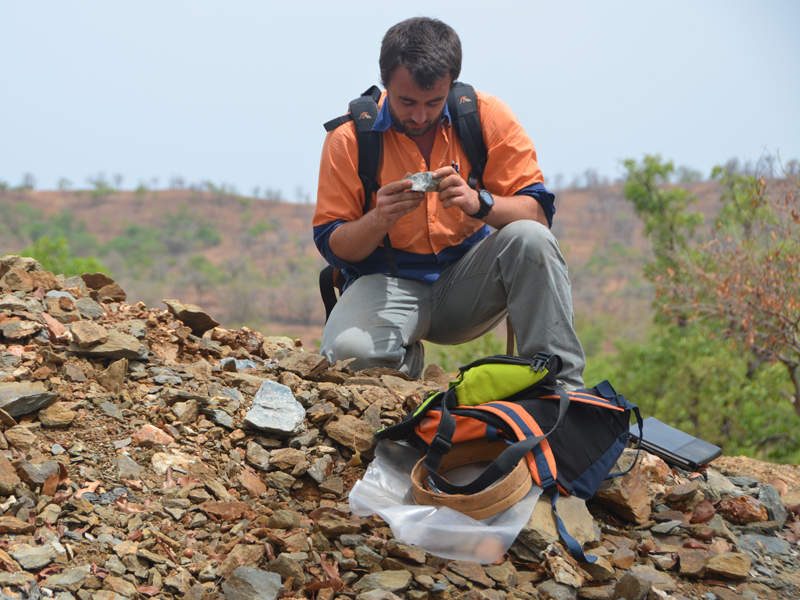The Wahgnion gold project (formerly Banfora) is a fully permitted, high-grade open-pit gold project located in the southwestern part of Burkina Faso, West Africa.
The mine was earlier owned by Gryphon Minerals, which was acquired by Teranga Gold in October 2016. Following the acquisition, ownership of the mine was transferred to Teranga Gold. Teranga holds a 90% stake in the project, while the remaining 10% is held by the Burkina Faso Government.
Mining licence for the Wahgnion gold project was granted in August 2014, and the feasibility study was completed in September 2017. Early construction works began in 2017, while the mill construction is scheduled to commence in the second quarter of 2018.
Scheduled for first gold pour in 2019, the project is estimated to produce an average of 119,000oz over a mine life of nine years. The project is expected to increase the company’s annualised gold production by 50% to between 300,000oz and 350,000oz.
Wahgnion gold project location
The Wahgnion gold project comprises a mine license area of 89km² and a regional exploration land package covering 1,000km².
The mine is encapsulated in the Loumana Birimian greenstone belt within Burkina Faso and comprises four deposits, namely Nogbele, Fourkoura, Samavogo, and Stinger.
Wahgnion gold project geology and mineralisation
The Wahgnion project is located in the south-west part of Burkina Faso within the Paleoproterozoic Birimian Senoufo Belt, which comprises basaltic and andesitic volcanic rocks, sedimentary rocks, and gabbroic to granitic sub-volcanic plutons.
The deposit is structurally controlled and is widely associated with haematite, iron carbonate, sericite, pyrite, and locally with albitic alteration. Higher gold grades are commonly associated with stylolitic laminated quartz veins or pyrite veinlets. Coarse-grained gold is found in fractures within pyrite veins or in quartz-carbonate vein selvages.
The gold mineralisation occurs in laterite, saprolite, transition, and primary weathering horizons. It is present as a lode-style gold-type associated with discrete structures.
Based on rock alteration and degree of weathering, the mineralisation has been classified into three types namely oxide for strongly oxidised material, transition for weakly oxidised material, and primary for un-oxidised material.
The strongly oxidised material is found near the topographic surface, while the un-oxidised material is located beneath the weathering zone.
Wahgnion gold project reserves
The Wahgnion gold project is estimated to contain proven and probable reserve of 21.4 million tonnes (Mt) of ore containing 1.2 million ounces (Moz) of gold at a grade of 1.69g/t.
Mining at Wahgnion
Conventional open-pit mining method, involving drill and blast, will be applied at the Wahgnion gold project. Hydraulic excavators and trucks will be used to move the materials, while haulage will be done by 50t trucks.
Laterite and saprolite found at the project will be free-digging material, whereas transition and primary material will be mined using drill and blast cycles.
Pre-production and the first year of mining will be conducted from the Nogbele deposit, followed by Fourkoura, Stinger and Samavogo.
Ore processing at Wahgnion
Ore from the deposits will be hauled directly to the processing plant located near the Nogbele deposit.
The processing plant will be a 2.4Mtpa conventional carbon-in-leach (CIL) plant comprising a single-stage primary crushing unit producing a P80 product size ranging from 100mm to 140mm. It is expected to have an average recovery rate of 92%, with a maximum soft material recovery rate of 95%.
The crushed ore will be forwarded to the semi-autogenous (SAG) and ball mill, which will operate in a closed circuit, with a pebble crusher and hydrocyclones to produce a P80 grind size of 106µm.
The CIL circuit will comprise eight stages with one stage of leaching without carbon and seven stages with carbon for gold adsorption. The resultant production will pass through elution circuit, and undergo electro-winning and smelting to recover gold from the loaded carbon to produce gold dore.
Infrastructure at Wahgnion
Access to the project is through a 100km road connecting Wahgnion to the city of Bobo-Dioulasso and a further 350km to Burkina Faso’s capital city of Ouagadougou.
Power required for the mining operation will be sourced from the grid in Cote d’Ivoire, through an existing power line located approximately 30km from the project site.
Raw water will be pumped to the plant site from a water harvest dam.
Financing for Wahgnion gold project
Teranga Gold entered a secured development finance facility with Taurus Funds Management in March 2018, under which $165m has been allocated for developing the gold project and repaying debt.
Contractors involved
Canada-based mining and geological consultants, Roscoe Postle Associates, prepared the mineral resources and reserve estimates for the project as part of the feasibility study, while Lycopodium, an engineering and project management company based in Australia, designed the processing structure and associated infrastructure.
Australia-based consulting services company, Cube Consulting, prepared the maiden ore reserve estimates for the project, while global consulting firm Knight Piésold Consulting designed the tailings management facility in addition to surface geotechnical engineering and site water balance.
Other parties involved in preparing the feasibility study include ECG Engineering, BBA/Aurifex, MBS Environmental, and ALS Metallurgy.






